When I initially arrived in Switzerland, I had no idea how much public transportation would shape my everyday life. Coming from a country where owning a car felt almost essential, I quickly realised that here in Switzerland, trains, buses, and trams are not just options! They are the backbone of daily life.
I still remember my very first train ride from Zurich Airport. Everything felt new and a little confusing. Which platform? Which ticket? Am I allowed to sit here? Within minutes, the train left on time (to the exact second!) and I found myself gliding past snow-covered mountains and beautiful lakes. It was breathtaking, but also slightly stressful because I worried if I had bought the correct ticket. In fact, I made mistakes in those early weeks: once, I didn’t validate my ticket correctly and ended up paying a fine.
That’s why I want to share this guide with you. Switzerland’s transport system is world-class: punctual, safe, and sustainable. But as a newcomer or visitor, it can feel overwhelming at first. There are countless passes, rules, and small details that can either make your journey smooth or stressful.
In this article, I’ll walk you through everything I’ve learned over the years: the advantages of relying on public transport, the few disadvantages to keep in mind, and practical tips that will save you time & money, and headaches. Think of it as advice from a local friend who has already gone through the trial and error, so your journey can be much easier than mine.
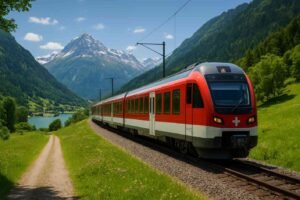 Why Swiss Public Transport is Famous Worldwide
Why Swiss Public Transport is Famous Worldwide
One of the first things I noticed after moving to Switzerland was how people here rely on trains, trams, and buses with complete confidence. And soon I understood why: Swiss public transport has a global reputation for being one of the most efficient systems in the world.
The biggest reason is punctuality. Trains here are so precise that you can almost set your watch by them. If the schedule says 07:32, the train will depart at exactly 07:32. For a newcomer like me, this was both impressive and a little intimidating. Back home, I was used to delays being “normal.” Here, delays are the exception.
Another reason is the coverage. No matter where you are in a busy city like Zurich or in a small mountain village, public transport connects you. I’ve taken buses to remote hiking trails, boats across serene lakes, and even mountain trains that feel like an adventure on their own. For foreigners, this means you don’t need to own a car to explore Switzerland fully.
Of course, there are a few downsides. Swiss transport is not cheap. Tickets can feel expensive, especially if you’re travelling frequently. But on the other hand, the comfort, safety, and sustainability make up for it. Trains are clean, seats are comfortable, and the view from the window often feels like a postcard.
So why is Swiss public transport famous? Because it’s not just about getting from A to B, it’s about reliability, accessibility, and an experience in itself. Once you get used to it, you’ll wonder how you ever managed without it.
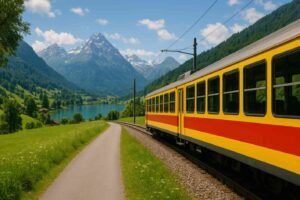 Overview of the System – Trains, Buses, Trams, Boats
Overview of the System – Trains, Buses, Trams, Boats
If there’s one thing you should know about Switzerland’s transport system, it’s that everything is connected like clockwork. The different modes trains, buses, trams, and even boats, all run on one synchronised timetable. That means when your train arrives in a small town, the bus or tram is usually waiting to take you to your next stop. It’s like a giant puzzle that always fits together.
Trains (SBB & regional trains):
The backbone of the system is the train network, operated mainly by SBB (Swiss Federal Railways) and regional companies. Trains link all the major cities Zurich, Geneva, Basel, Bern, Lausanne and also smaller towns and mountain villages. Personally, I’ve always preferred taking trains over cars, not only because they are faster but also because the views from the window are simply unforgettable.
Buses:
Where trains can’t go, buses fill the gap. Yellow PostBuses (PostAuto) are iconic in Switzerland and will take you to places deep in the mountains or rural areas. I still remember my first PostBus ride through narrow Alpine roads, a bit scary at first, but also magical because the driver handled it like a pro.
Trams:
In cities like Zurich, Basel, and Geneva, trams are the most convenient way to move around. They’re frequent, easy to use, and usually cover every corner of the city. For me, the tram system in Zurich felt like a lifeline during my early days as a student.
Boats:
And then there are the boats, yes, public ferries are part of the official system! Cruising across Lake Geneva or Lake Lucerne on a scheduled boat is both practical and scenic. Sometimes I used boats not just for transport, but as a mini sightseeing trip.
Altogether, the system is designed so seamlessly that you don’t need to think twice. One ticket often covers your entire journey, no matter how many changes you make. That’s the true beauty of Swiss public transport.
 Tickets & Passes Explained Simply
Tickets & Passes Explained Simply
If I’m honest, the ticketing system in Switzerland confused me the most when I first arrived. I still remember standing in front of the ticket machine at Zurich Airport with tired eyes, not knowing whether to buy a single ticket, a day pass, or something else entirely. Luckily, over time, I learned that the Swiss system is actually very logical once you understand the basics.
Single Tickets & Day Passes
If you’re making just one trip let’s say from Zurich to Bern a single ticket is enough. These tickets are valid for a set route and time. But if you’re planning to travel around a city or region multiple times in one day, a day pass can be much cheaper. For example, in Zurich, I often bought a 24-hour ticket, which let me hop on and off trams, buses, and even boats without worrying about separate tickets.
Swiss Travel Pass
For tourists, the Swiss Travel Pass is a lifesaver. With this pass, you get unlimited travel on almost all trains, buses, boats, and even free entry to many museums. When my friends visited me, I always recommended it not just because it was cost-effective, but also because it removed the stress of buying tickets each time.
Half Fare Card (Halbtax)
For residents and long-term students like me, the Half Fare Card is a must. This pass allows you to buy tickets at half price across the country. I bought mine within the first month of arriving, and honestly, it paid for itself within a few trips. It’s the card I still carry in my wallet today.
Saver Day Pass & Supersaver Tickets
Switzerland also offers Saver Day Passes if you book in advance. I once bought one for just 49 CHF and travelled the whole day across multiple cities, an amazing deal considering how expensive tickets normally are. Similarly, Supersaver Tickets give discounts for specific routes and times.
Zoning System
In cities, tickets are based on zones rather than distance. At first, I found this tricky. I once accidentally bought the wrong zone ticket in Zurich and had to pay a fine. My advice? Always check which zones you need before you travel.
Mobile Apps & Convenience
Today, things are much easier thanks to apps like SBB Mobile. I rarely use ticket machines anymore; I just buy tickets on my phone, which saves time and avoids mistakes.
In short: Switzerland offers flexibility for every type of traveler whether you’re here for a few days or building a new life. The trick is to pick the right pass for your situation so you save money while enjoying the convenience of this world-class system.
 My Personal Journey & Lessons Learned
My Personal Journey & Lessons Learned
When I think back to my early days in Switzerland, public transport was both a blessing and a challenge. On one hand, I was amazed at how easily I could travel across the country without owning a car. On the other hand, I felt like a child learning everything from scratch, which ticket to buy, how to change trains, or even where to sit.
One of my funniest mistakes was during my first month in Zurich. I bought a tram ticket but didn’t realise it was valid for multiple zones. I thought it was only for one trip, so I kept buying extra tickets every time I boarded. At the end of the week, I had spent double what I needed! That was my first big lesson: understanding the system saves you both money and stress.
I also learned that Swiss transport isn’t just about efficiency, it’s about lifestyle. Students, families, businesspeople, and even elderly residents rely on it daily. Unlike in many countries, not owning a car in Switzerland doesn’t make life harder; in fact, it makes it easier. For me, carrying a Half Fare Card quickly became second nature. Today, I can’t imagine living here without it.
Of course, I’ve had my fair share of small struggles, missing connections because I underestimated how precise the schedules were, or getting slightly lost in a rural area because I didn’t check the bus timings carefully. But every mistake became a small lesson that made me more confident.
What I cherish most is the freedom public transport has given me. I’ve explored mountain villages I never thought I’d reach, crossed stunning lakes, and even turned a simple commute into a chance to watch the sunset over the Alps. My advice? Don’t just treat transport as a necessity embrace it as part of your Swiss experience.
Practical Tips for Foreigners (Apps, Mistakes to Avoid)
When I first started navigating Switzerland’s public transport, I quickly realised that a few small mistakes could make the journey stressful. Over the years, I’ve learned practical strategies that make commuting smooth, enjoyable, and even fun. Here’s what I recommend for anyone new to Switzerland:
- Use Mobile Apps
The most useful tool I discovered is the SBB Mobile app. With it, you can:
- Check real-time train, bus, and tram schedules
- Buy tickets instantly without standing in line
- Plan routes that combine trains, buses, trams, and even boats
I used to rely on paper timetables, which often left me running to catch connections. Once I switched to the app, my stress levels dropped drastically.
- Understand Zones and Ticket Types
Many newcomers make the mistake of buying the wrong zone ticket or misunderstanding passes. I remember buying a single-zone ticket for multiple stops in Zurich. I got a fine that day. Lesson learned: always double-check which zones you’ll travel through, and if possible, consider a day pass for unlimited travel within city zones. - Validate Your Ticket
Some buses or regional trains require you to validate your ticket before boarding. Forgetting this can cost you a fine. I learned this the hard way during a PostBus ride in the mountains! A small oversight cost me 40 CHF. - Plan for Transfers
Switzerland’s system is precise, but tight transfers can be tricky for newcomers. Allow at least 5–10 minutes for switching between trains or buses, especially if you’re carrying luggage. - Keep Your Half-Fare Card Handy
If you’re a resident or long-term student, your Half Fare Card is invaluable. Always carry it! You never know when it will save you a lot of money on spontaneous trips. - Don’t Panic in Rural Areas
I once hesitated to board a PostBus in a remote village because the timetable seemed confusing. Swiss drivers are friendly and often speak English just ask if you’re unsure.
By following these tips, navigating Swiss public transport becomes second nature. With apps, planning, and a little local knowledge, you can travel efficiently, explore hidden gems, and even enjoy your commute as part of your Swiss adventure.
Cost & How to Save Money
One of the first questions I had when I arrived in Switzerland was: Is public transport really that expensive? The short answer is yes, it can feel pricey compared to many countries. But over time, I learned that with a few smart strategies, you can significantly reduce your costs without sacrificing convenience.
- Invest in a Half Fare Card
For residents, students, or long-term visitors, the Half Fare Card (Halbtax) is a game-changer. I bought mine during my first month, and within a few trips, it had already paid for itself. With this card, most train, bus, tram, and boat tickets cost 50% less, which adds up quickly if you travel often. - Consider Day Passes
If you plan multiple trips in a city or region in a single day, a day pass can be cheaper than buying single tickets. When my friends visited me, we often bought day passes for Zurich or Geneva, which saved both time and money. - Supersaver Tickets & Saver Day Passes
Booking in advance can lead to huge discounts. I once travelled from Zurich to Lucerne with a Supersaver ticket for just 25 CHF, instead of the regular 50 CHF. Check the SBB website or app regularly to grab these deals. - Travel Off-Peak
If your schedule is flexible, travelling outside rush hours can also save money and provide a more relaxed experience. Trains are less crowded, and you might even enjoy a better view from the window. - Combine Trips Wisely
Planning multiple trips in one journey can save both money and time. For example, using a single-day pass to explore two nearby towns is often cheaper than buying individual tickets for each trip.
In Switzerland, public transport is more than just a way to get from A to B. With the right passes and a bit of planning, it becomes affordable, stress-free, and even enjoyable allowing you to explore the country without worrying about high costs.
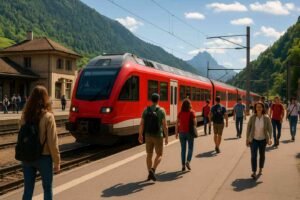 Recommendations for Tourists, Students & Expats
Recommendations for Tourists, Students & Expats
Switzerland’s public transport works for everyone, but each group has slightly different needs. From my personal experience, knowing what works best for your situation can save you both money and stress.
For Tourists
If you’re visiting Switzerland for a short trip, the Swiss Travel Pass is your best friend. I’ve recommended it countless times to friends and family. It allows unlimited travel on trains, buses, trams, and even boats, plus free or discounted entry to many attractions. My tip: plan your sightseeing around the transport network it’s convenient and often more scenic than driving.
For Students
Students like me benefit enormously from the Half Fare Card combined with regional student discounts. In my first year, I frequently traveled to nearby cities for weekend trips. Using the student card plus apps like SBB Mobile, I could plan every journey efficiently without overspending. Always check if your university partners with any transport programs; some offer extra savings.
For Expats & Residents
Long-term residents should consider monthly or annual passes, depending on commuting patterns. When I moved to Bern for work, I calculated that a regional monthly pass was cheaper than buying daily tickets. Also, keep your tickets and passes in a safe but handy place inspectors check randomly, and fines are steep.
General Tips for All Groups
- Always download the SBB or local transport app.
- Check timetables in advance, especially for rural or mountain routes.
- Travel light when possible; it makes transfers easier.
No matter your group, the key lesson I’ve learned is this: plan ahead, choose the right pass, and embrace the system. Switzerland’s transport network is reliable, safe, and beautiful use it to explore the country efficiently, comfortably, and affordably.
Final Thoughts + Natural Call-to-Action
Looking back at my first months in Switzerland, public transport was both a challenge and a delight. At first, I was overwhelmed by schedules, ticket types, and different modes of transport. But gradually, I discovered a system designed to make life easier, safer, and more enjoyable. Trains, buses, trams, and boats are not just ways to get from one place to another; they’re gateways to exploring the country, meeting locals, and experiencing Switzerland in a truly unique way.
From my experience, the best approach is simple: plan ahead, choose the right passes, use apps, and don’t be afraid to ask for help. Small mistakes happen, but each one teaches you something valuable, and soon navigating the system becomes second nature.
Whether you’re a tourist, student, expat, or new resident, embracing Switzerland’s public transport opens doors to places you never thought you could reach. I’ve explored mountain villages, serene lakes, and bustling cities all without owning a car. And you can do the same, with confidence and ease.
Take a moment today to explore your options, check which pass works best for you, download the SBB app, and start planning your journeys. Once you get the hang of it, Switzerland’s public transport will not just be a necessity! It will become one of the most enjoyable parts of your Swiss experience.

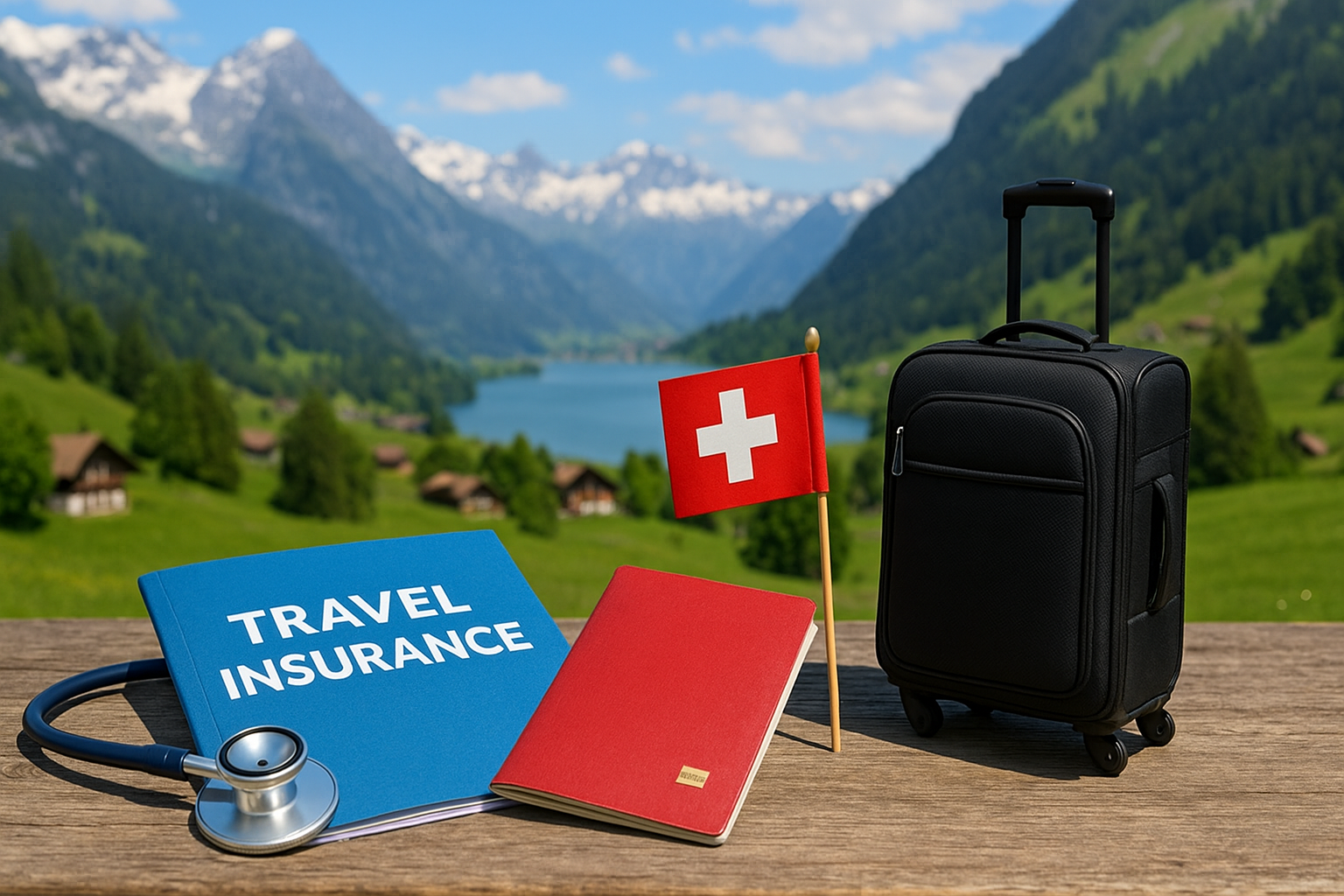


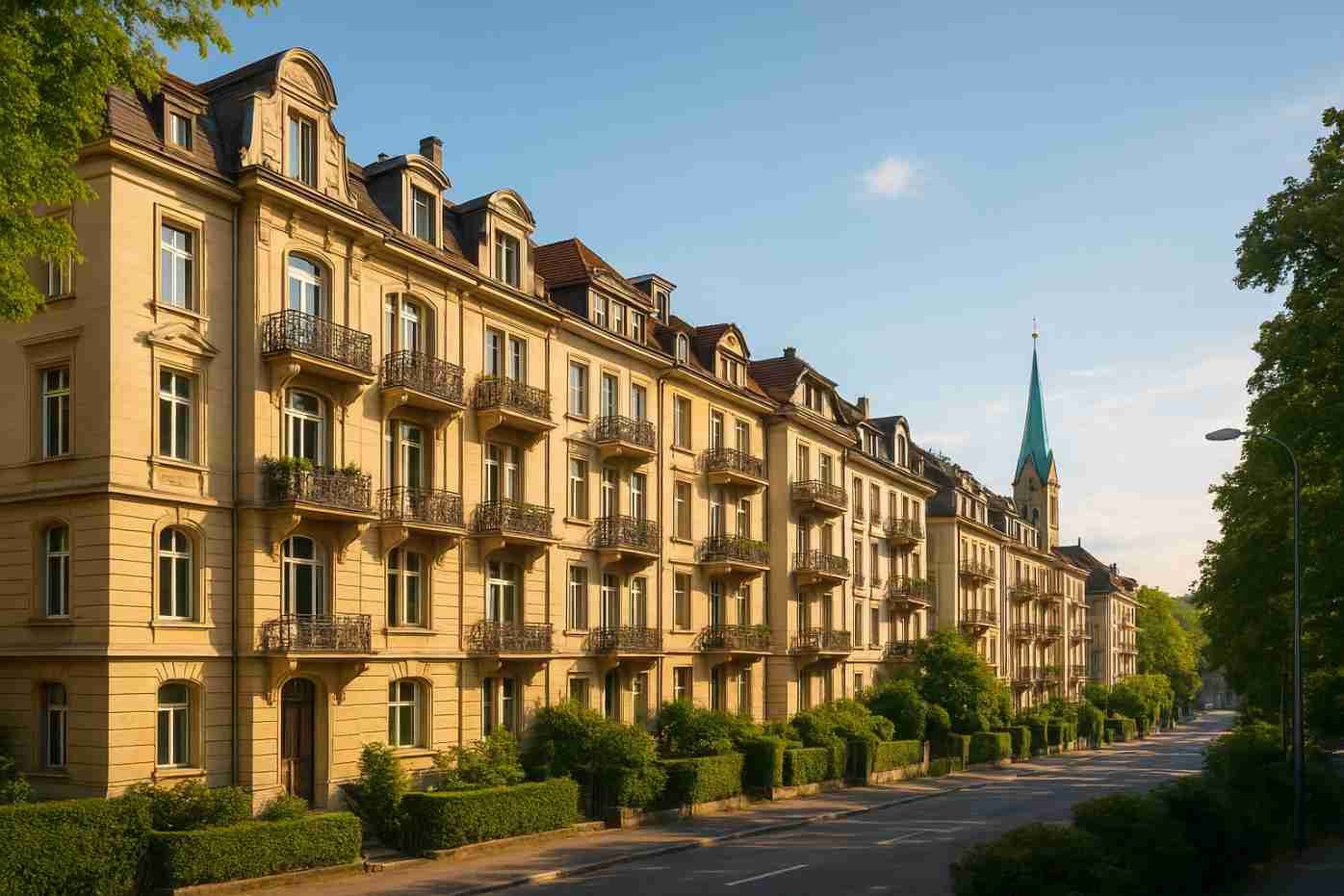




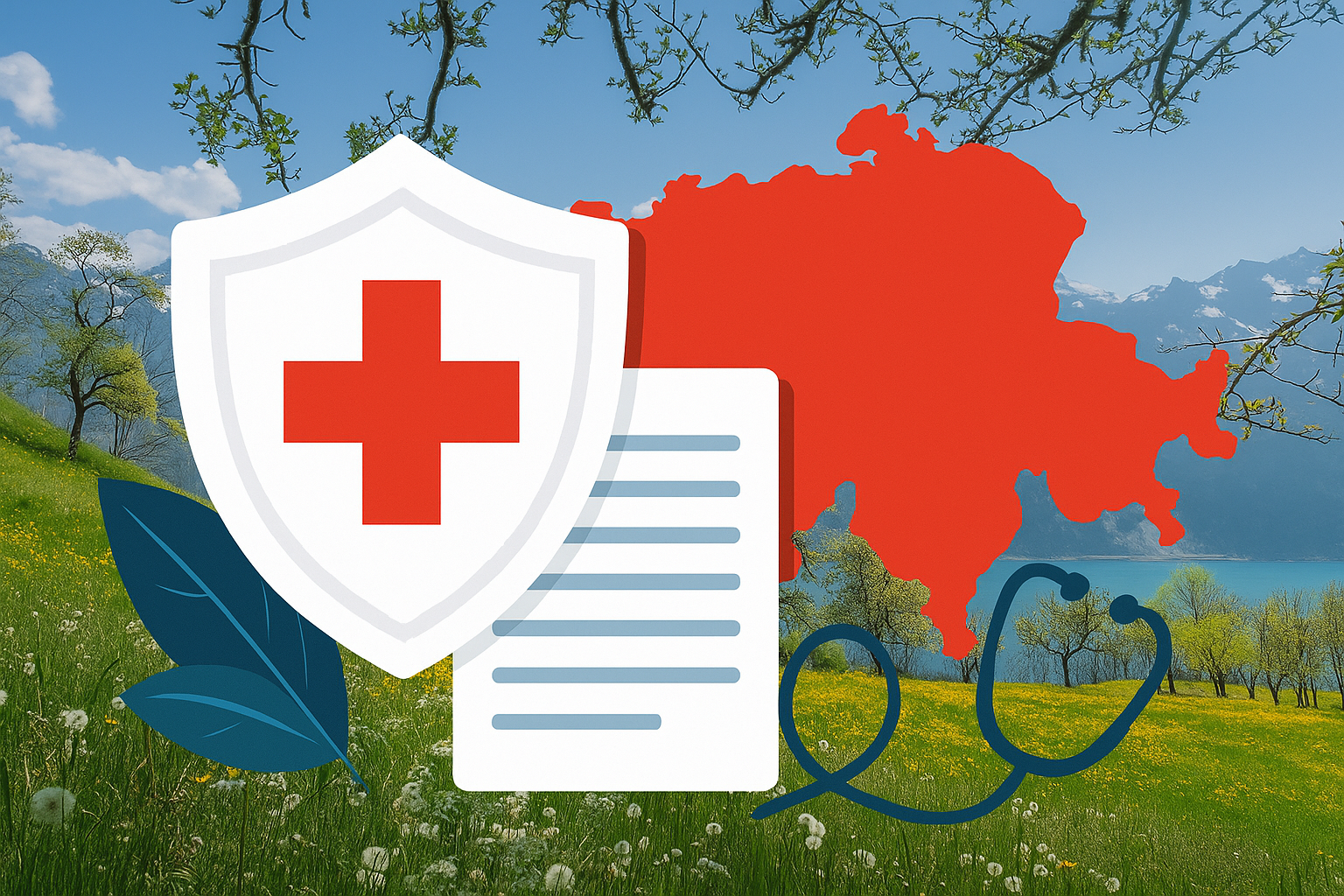
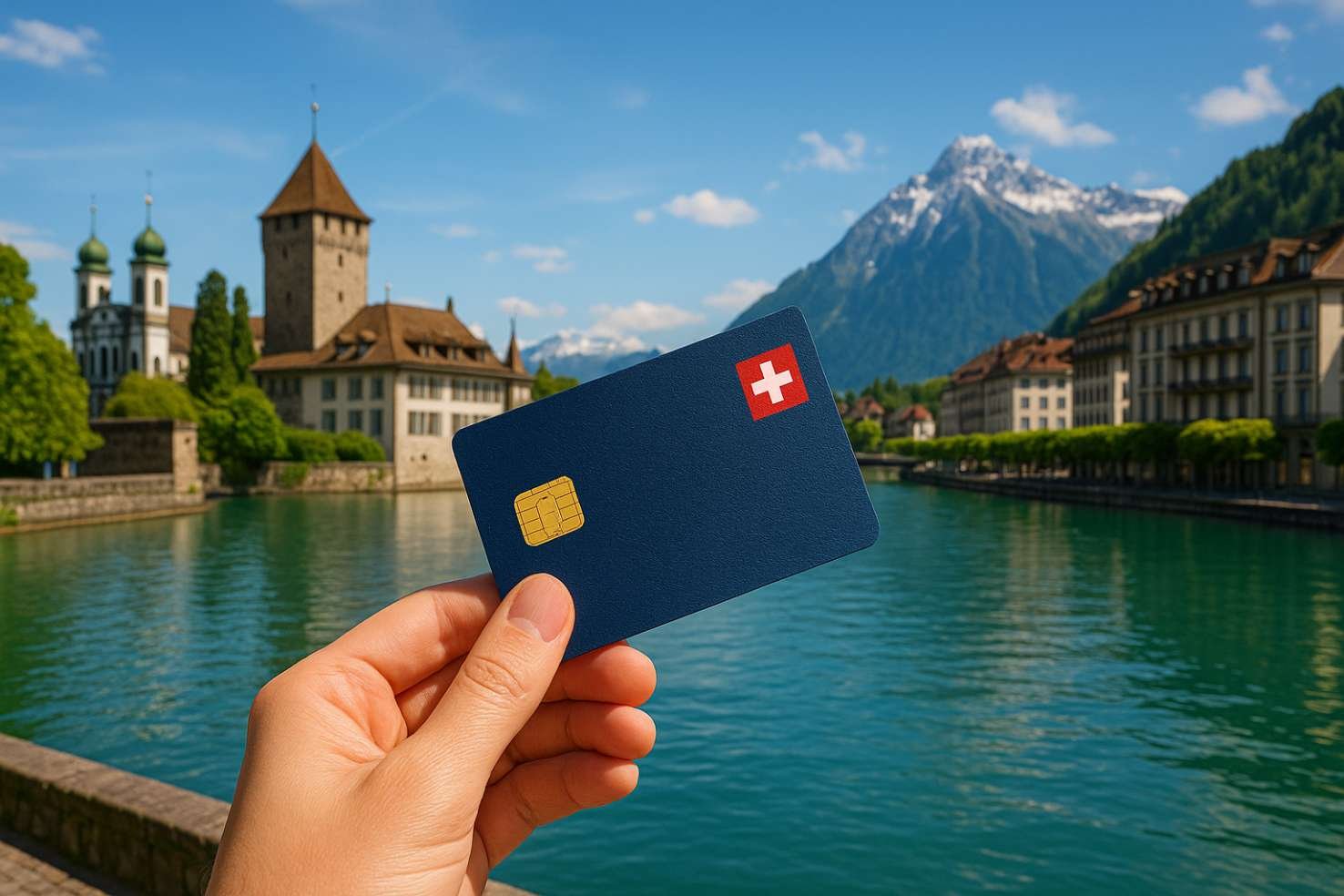


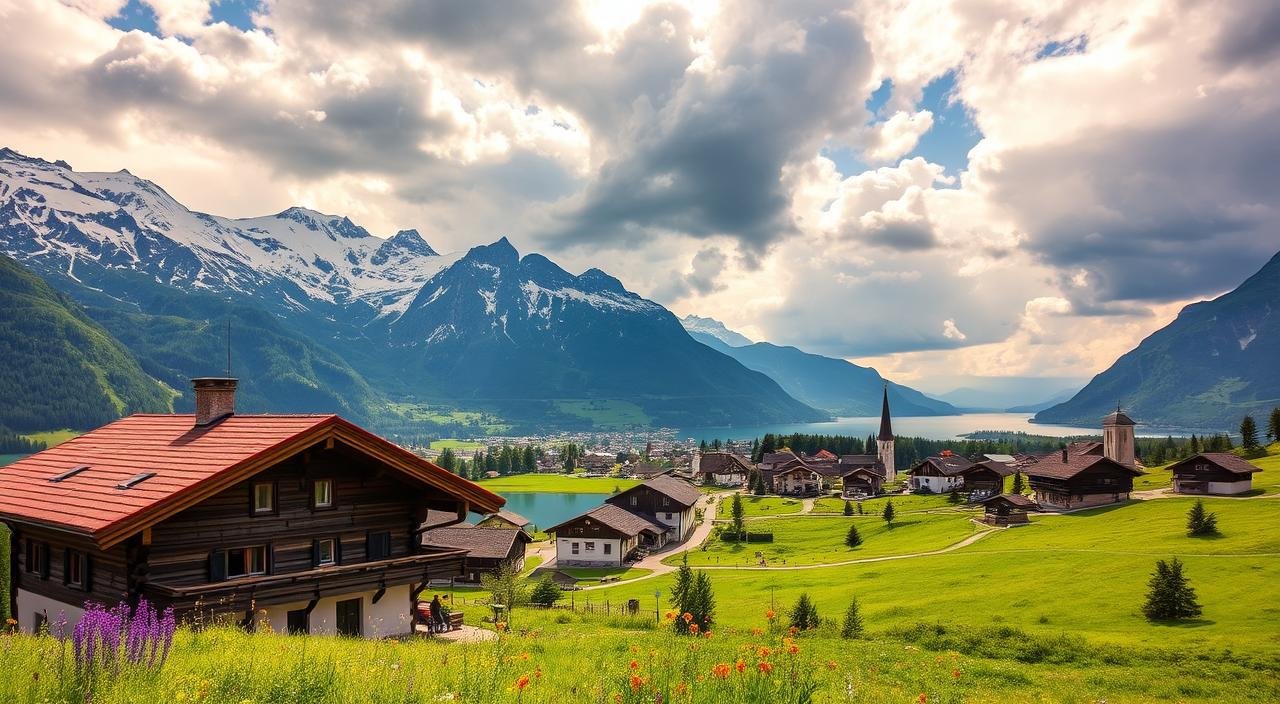
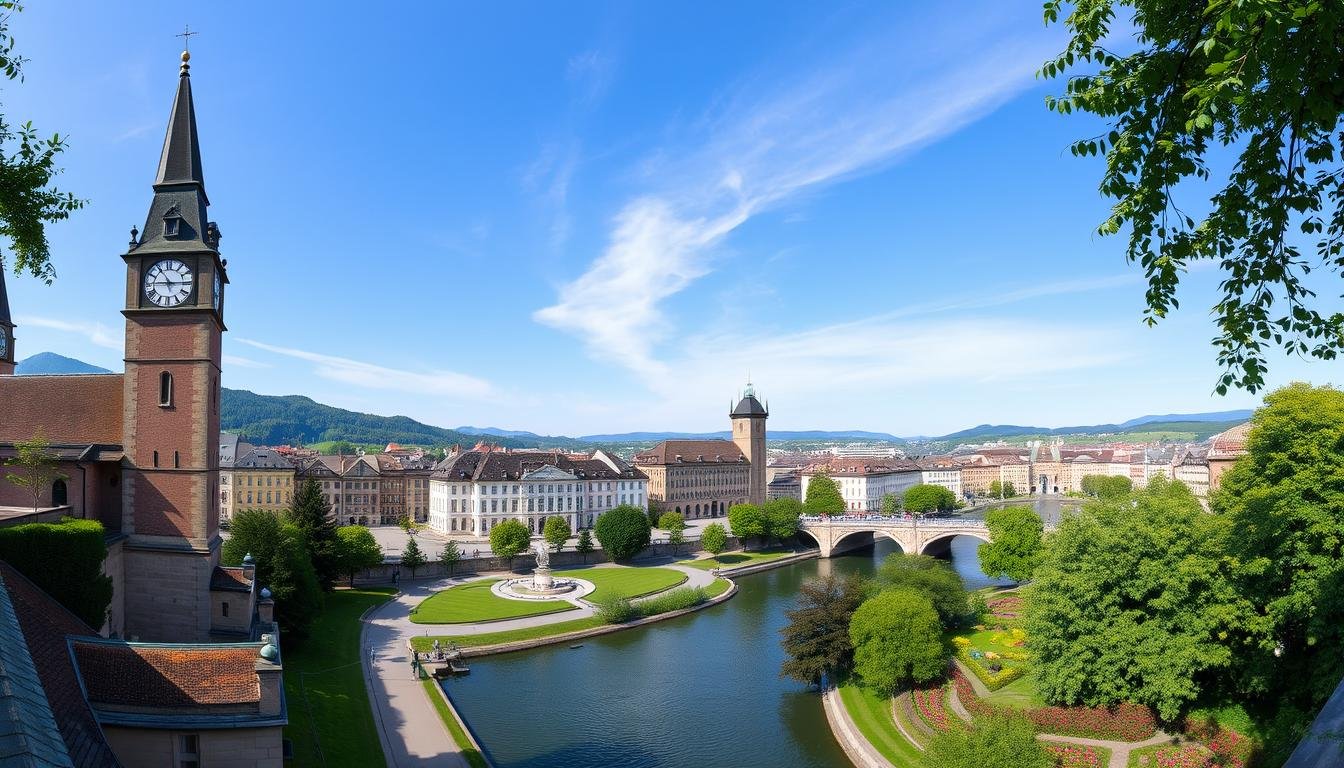
[…] of the first things I was awed by in Switzerland was the public transport system! Trains are on time almost to the minute, trams and buses are clean, and everything is so well […]
[…] of renting in Zurich? You get a safe, well-maintained apartment, reliable landlords, and excellent public transport connections no matter where you live. The neighbourhoods are diverse, from trendy Kreis 5 to […]
[…] public transport with a short drive or shuttle often beats paying full airport rates, especially for longer trips. […]
[…] Impact: Swiss open transport depends intensely on renewable vitality, with trains utilizing over 90% hydropower, minimizing […]